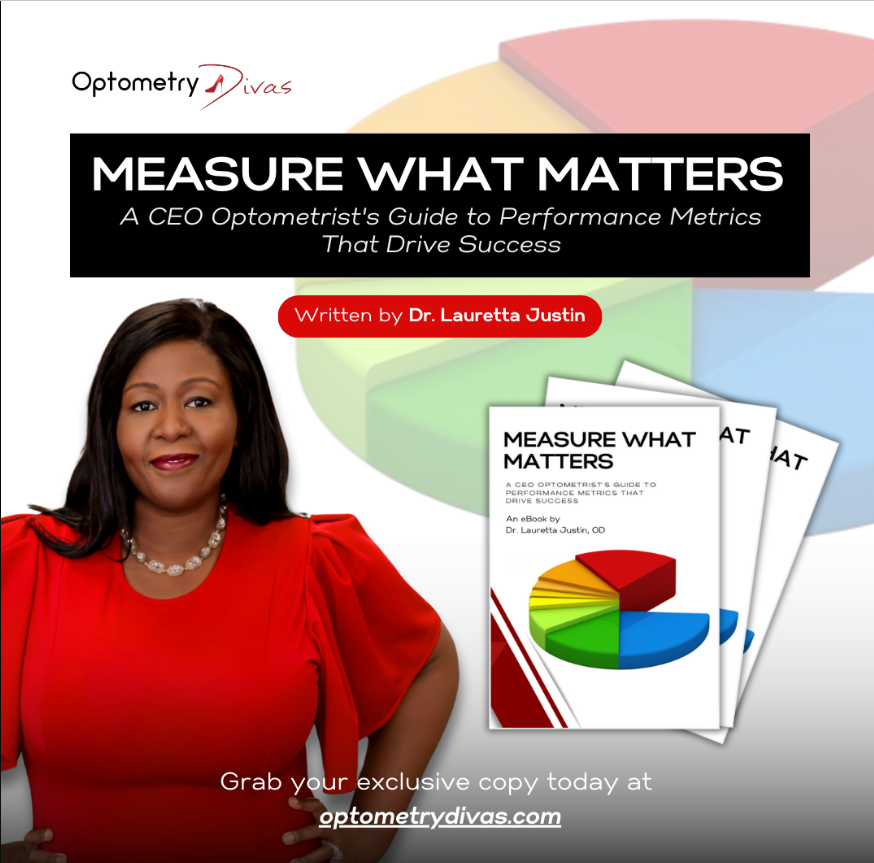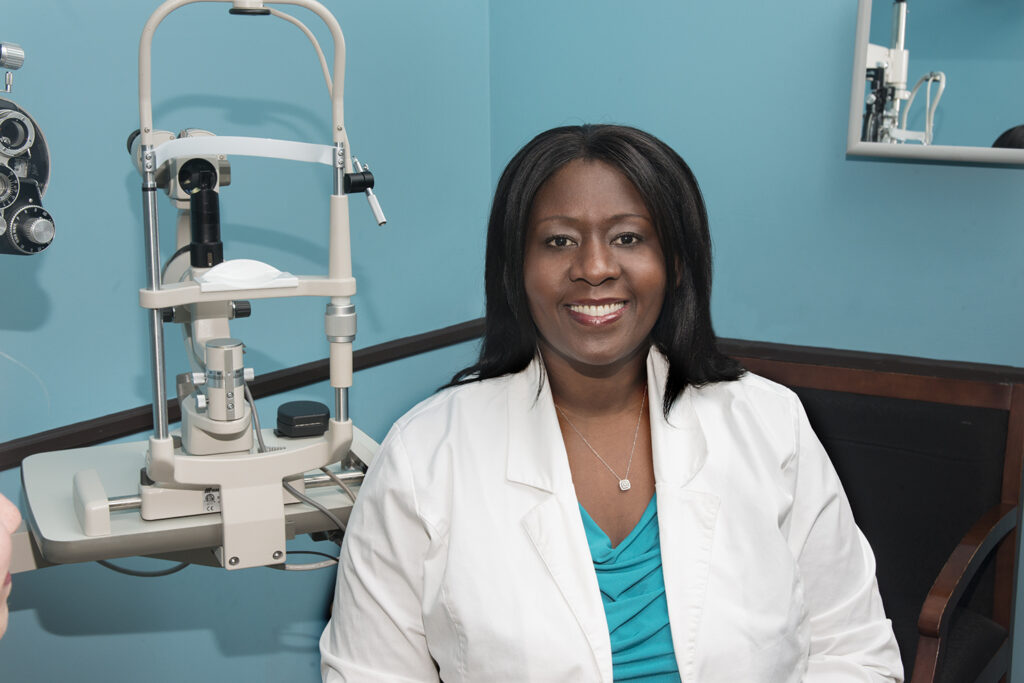3 Tips To Help Optometrists Think Outside The Box

One of the most overused business clichés is “thinking outside the box.” We hear it so often that it seems like everyone is talking about it, but how often do we actually see it in action? In the optometry industry, where routines can become ingrained and processes can feel set in stone, true outside-the-box thinking remains rare.
But why is that? The problem often lies in the fact that many people aren’t clear on what “the box” even is. What does it actually mean to think outside of it?
Thinking outside the box is all about approaching problems in unconventional ways. It requires creative, free-thinking and encourages you to challenge the status quo, which can feel uncomfortable. As Harvard Business School professor Francesca Gino puts it, this type of thinking is a form of “constructive nonconformity”—a deliberate deviation from norms that leads to positive results.
For optometrists, this could mean looking at patient care, business management, or even marketing through a fresh lens. It’s about asking, “How can I innovate? How can I do things differently to benefit my patients, my team, and my practice?”
Let’s take a look at some practical examples of outside-the-box thinking and how it can transform your optometry practice.
1. Question the Status Quo Regularly
Most optometry practices run like well-oiled machines, but when was the last time you stopped to question how and why things are done the way they are? To think outside the box, you need to regularly ask questions like, “Why do we do it this way?” or “What if we tried a completely new approach?”
Take, for example, Dr. Laura, an optometrist who was frustrated by the traditional way eye exams were conducted. Patients would often wait for extended periods, only to be rushed through an appointment. Instead of following this routine, Dr. Laura asked her team, “How might we redesign the patient experience to make it more comfortable, efficient, and enjoyable?” After brainstorming, they implemented an innovative new check-in system where patients could use an app to fill out forms ahead of time and receive real-time updates about their appointment, reducing wait times and improving satisfaction.
Tip: In your practice, make nonconformity the expected conversation. Ask your team: “Why are we doing this?” “What if we tried it differently?” By encouraging curiosity and openness to new ideas, you’ll uncover opportunities for innovation.
2. Take a Wider Perspective and Connect Uncommon Dots
Innovation often comes from looking at seemingly unrelated industries or concepts and finding ways to connect them. This broader perspective helps you challenge conventional wisdom in your practice.
Consider the case of Dr. James, a private practice owner who was inspired by the hospitality industry. After a stay at a luxury hotel, he realized that his practice could adopt a similar model to create an exceptional patient experience. He revamped his waiting area to feel more like a high-end lounge, complete with refreshments and soothing music. The results were remarkable—patients appreciated the enhanced experience, and the practice’s reputation quickly grew as one that truly cared about patient comfort.
Similarly, if you’re struggling with patient retention or staff engagement, look beyond optometry for inspiration. Could your practice benefit from the customer service strategies of top tech companies? Could you borrow leadership principles from successful startups to motivate your team?
Tip: To think outside the box, take a wider perspective and oscillate between uncommon content. Breakthrough ideas often come from the intersection of unrelated topics. Look for insights in industries or fields completely unrelated to optometry—you might be surprised by what you discover!
3. Create a Visual
Sometimes, our logical brains get stuck inside the box because we’re trying to solve problems in the same way we’ve always approached them. To break free, try engaging your right brain by using visual tools. Drawing, sketching, or using metaphors can help unlock creative ideas.
Dr. Sarah, an optometrist struggling to motivate her team, found herself stuck when trying to articulate her vision for the practice’s growth. One day, she decided to visually map out her ideas with a simple whiteboard. As she sketched out her goals, strategies, and challenges, her team members chimed in with their own ideas. Together, they created a visual representation of the practice’s future. This exercise not only inspired new ideas but also helped her team feel more connected to the practice’s mission.
Tip: You don’t have to be a skilled artist to draw out your ideas. Use a whiteboard, paper, or even sticky notes to create a visual representation of the problem and potential solutions. This method allows you and your team to think about issues in a new way, making it easier to find creative solutions that aren’t confined to “the box.”
Are You an Outside-the-Box Thinker?
At Optometry Divas, we’re a community of women optometrists who love to challenge the status quo! We believe that by embracing unconventional thinking, we can elevate our practices and create better experiences for our patients. When you become part of our community, you’ll be surrounded by like-minded professionals who are always asking, “What if?” and pushing the boundaries of what’s possible.
So, are you an outside-the-box thinker? Do you want to be part of a community that encourages innovation and creative problem-solving?
Join the Optometry Divas today and take your practice to the next level. Together, we can break free from the norms and create something truly extraordinary.
Thinking outside the box doesn’t happen overnight—it takes practice and a willingness to embrace discomfort. But as you challenge old patterns, you’ll find new opportunities for growth and success, both personally and professionally.






Responses